By Donna Woodward, UC Master Gardener of Napa County
Few vegetables can boast the versatility of the beet, which is effectively two vegetables in one. We eat both the familiar red orb and the leafy green tops. The greens are similar to spinach and chard in flavor. Swiss chard is a type of beet grown only for its leaves. Beets were originally domesticated in the ancient Middle East for their greens.
“Beet red” is a common color description, but not all beet roots are red. Some are orange, coral, pink, even white. The Italian Chioggia variety is a pretty red and white stripe. They are not all round either; there are several elongated types.
Beets prefer cool temperatures and are best grown in the early spring and in the fall. In the fall of 2018 and spring of 2019 eight Napa County Master Gardeners grew three varieties of beets in their home gardens: Boro (hybrid), Lutz Green Leaf (open pollinated) and Detroit Dark Red (open pollinated). The purpose of the trials was to compare these varieties, to compare fall versus spring planting and to explore other issues around growing beets.
Germination speed varied greatly depending on the time of year. Seeds germinated more quickly in the fall (planted after August 17) than in the spring (planted after January 18). All seeds from the fall planting germinated in an average of 6 days, while seeds from the spring planting germinated in an average of 14 days. The warmer weather in late summer and fall explains this finding. However, earlier germination did not result in more yield. The spring planting produced larger beets and more quantity.
We had varied success with the three varieties but noted little difference in flavor. Detroit was rated a little higher in flavor and attractiveness. It also produced more and larger beets and was the variety most likely to be recommended to others. This is not surprising given that Detroit is one of the most widely grown and popular beet varieties.
Lutz received the lowest rating in almost all the categories and was the least likely to be recommended. It produced the fewest beets but rated highest in terms of leaf quality, which is consistent with its name ‘Lutz Green Leaf.' If you particularly appreciate beet greens, this might be the variety to grow.
Boro was rated the most attractive (round and dark red) and had good pest resistance, but yield was disappointing.
Although beets aren't difficult to grow, issues can emerge that compromise the quality of roots and greens. The leaves are vulnerable to leaf miners. You may see the trails of these little pests as they eat tunnels through the leaves. The best remedy is to use row covers, especially when the leaves are young and tender. The leaves taste best at this point, too. You can time your thinning to make use of the young leaves.
The most common issues with beet roots involve small or deformed beets. Most of these problems can be alleviated by proper planting. Plant beets thirty days before the frost-free date. Seedlings establish best in chilly weather. Growth issues with roots develop when beets are too close together. It is imperative that seedlings be thinned to 1 to 3 inches apart and rows at least 12 inches apart.
When beets are too small, it can also be due to a lack of phosphorus. If your soil has a high nitrogen content, your beets will produce more lush top growth rather than bulbs. By adding more phosphorus, such as bone meal, to the soil, you can induce larger root growth.
Sometimes beets are small or malformed because of too much shade. Beets prefer full sun but will tolerate partial shade. For the best production, aim for at least five hours of sun a day.
Beets don't like acidic soil and may perform poorly in soil with a pH of 5.5 or less. They need a lot of nutrients to grow properly. Work compost and a balanced fertilizer into the soil before planting and side dress during growth. Apply lightly to avoid burning the roots.Keep plants well supplied with moisture, especially when fertilizing. This will help draw nutrients into the soil where the roots can utilize them.
Both beet roots and tops are highly nutritious, full of vitamins and minerals. The roots can be stored in plastic bags in the refrigerator for up to 2 weeks or in a root cellar for several weeks; for longer preservation, try canning them. Unlike many vegetables, beets retain most of their nutritional value when canned.
For research-based information on growing vegetables, check out the Vegetable Research and Information Center: https://vric.ucdavis.edu/
Food Growing Forum: Second Sunday of the month through November. Sunday, April 11, 3 pm to 4 pm: “Tomatoes, Peppers and Eggplants.” Register to get Zoom link: https://bit.ly/3lC3qs8
Workshop: On Saturday, April 17, UC Master Gardeners of Napa County will hold a virtual workshop on “Soil is the Solution: Digging Deeper” from 9:30 am to 11:30 am. Learn about soil, its relationship to climate change and how to enrich your soil to produce healthier plants. Register to get the Zoom link: http://ucanr.edu/2021SoilRegeneration
Got Garden Questions? Contact our Help Desk. The team is working remotely so please submit your questions through our diagnosis form, sending any photos to mastergardeners@countyofnapa.org or leave a detailed message at 707- 253-4143. A Master Gardener will get back to you by phone or email.
For more information visit http://napamg.ucanr.edu or find us on Facebook or Instagram, UC Master Gardeners of Napa County.


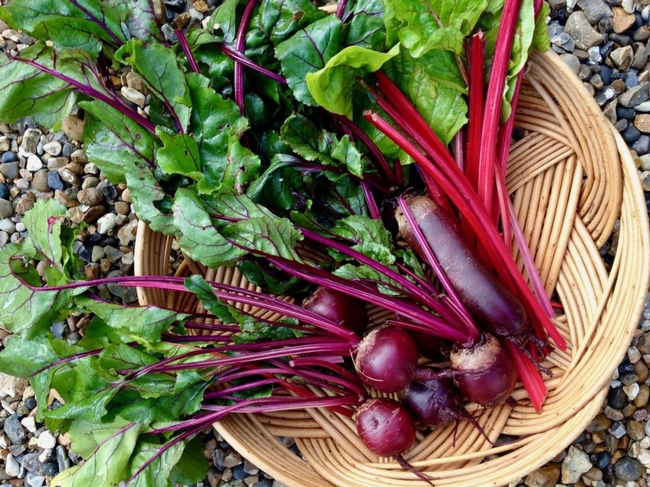
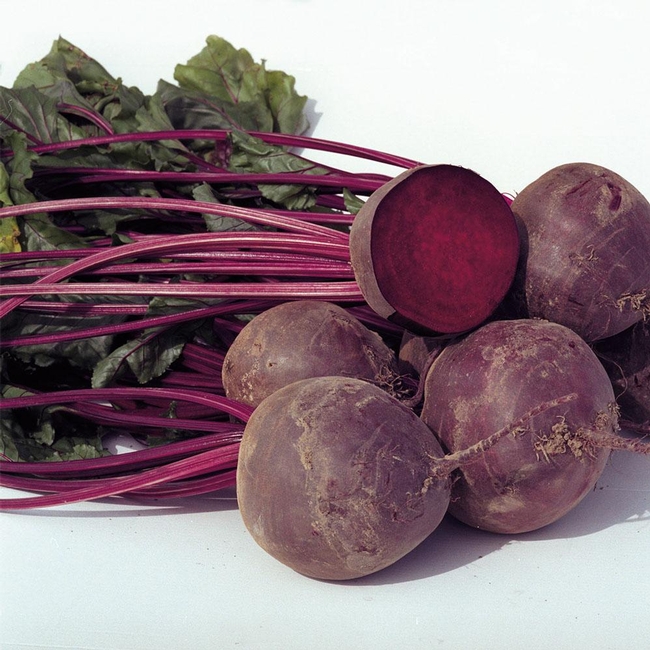
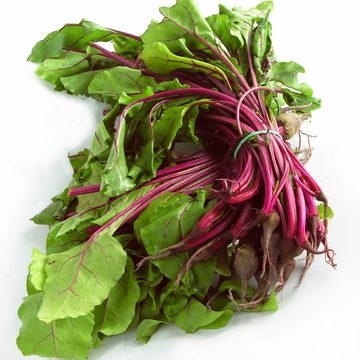
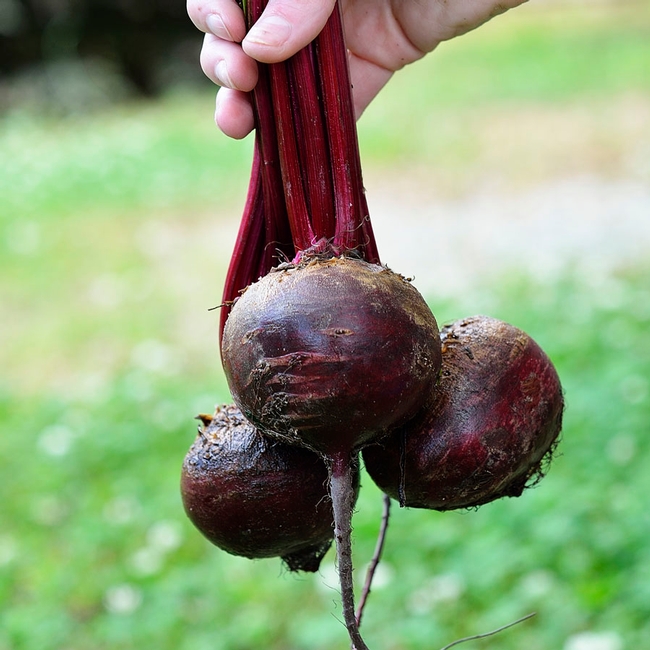
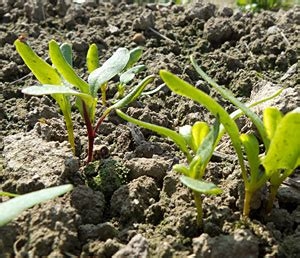
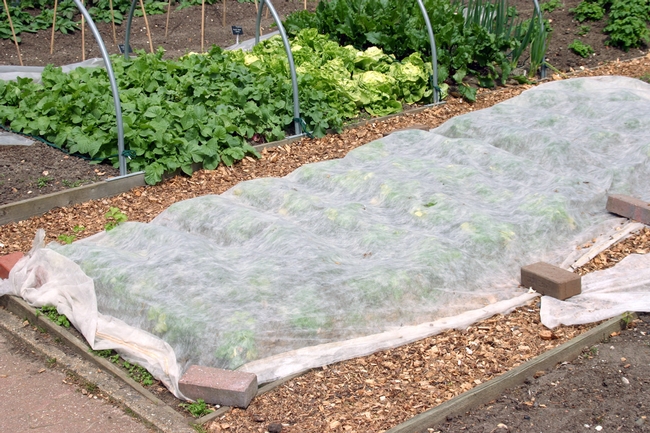

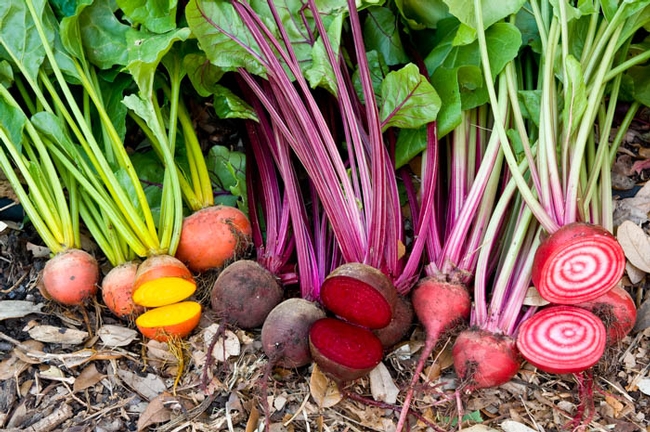
By Cindy Watter, UC Master Gardener of Napa County
The Solanaceae, or nightshade family, is a large one. Just as our own families can include the kindly grandma as well as the femme fatale, nightshade plants embrace favorite edibles such as potatoes, peppers, eggplants and tomatoes, while also claiming toxic plants such as tobacco, brugmansia, belladonna and jimson weed.
The. 2,700 Solanaceae species have diverse habits, but they all produce solanine, an alkaloid toxin. In most foods, the solanine is present in such small quantity that it is harmless.
Let us dispose of the second, more sinister, group first. These plants are attractive in the landscape and useful in attracting pollinators, but you don't want to eat them. None of these toxic plants tastes good, so you would have to have a powerful thrill-seeking urge to consume them.
Even so, emergency rooms are familiar with jimson weed patients, who find the hallucinogenic plant in the wild. These unfortunate folks usually live to learn their lesson: leave foraging to the experts.
The name "nightshade" sounds dramatic, but some believe that the term arose because some nightshade flowers are particularly fragrant at night and some of the plants don't mind the shade.
The other nightshades, the edibles, are easy to grow. The tomato (Solanum lycopersicum), brought to Europe from Mexico, was initially considered inedible because of its relationship to the deadly nightshade. When people finally realized that tomatoes were safe and tasty and not just ornamental, cultivation took off, and the tomato became synonymous with Mediterranean cooking. Most of the solanine is in the leaves and stems anyway. The tomato is botanically a fruit: it develops from a fertilized flower and has seeds inside.
Tomatoes can be grown from seed, but it is easier to buy starts. Keep seedlings indoors until at least April. If the weather remains cold, you might have to wait until May or even June to plant them. The soil should be at least 60°F where you intend to plant, and the area should get lots of sun. All-day sun is ideal.
Plant seedlings deeply, so the lowest leaves are just above the soil surface. Rootlets will shoot out from the stem and form a strong base. This rooting also increases the plant's access to water and nutrients. If your soil contains a lot of compost, you will not need other amendments, although aged chicken manure and nitrogen are sometimes helpful.
Water your newly planted tomato seedlings deeply and keep the roots moist. Install supports, such as a cage, stake or trellis, when you plant to avoid disturbing the roots later. A support will keep the vine from sprawling on the ground and possibly rotting.
You can control most tomato problems, apart from gophers, by regular watering. Occasionally you may spot a large green caterpillar on the stems or leaves. That creature is a hornworm; remove it by hand.
Tomato growers enjoy friendly competition, and they love to share tips. One tip I learned last year is that gently shaking the plant when it's flowering will help spread the pollen from the stamen to the pistil, thus improving pollination and fruiting.
Bell peppers (Capsicum annuum) are a sweet pepper that can be eaten when it's underripe, or green. However, a fully ripe red pepper contains more nutrients, with more vitamin C than an orange. Wait to plant pepper seedlings outdoors until nighttime temperatures are above 55°F.
Peppers do well in containers, or you can space them 1-1/2 to 2 feet apart in rows. The warmer the weather during the growing season, the more flavorful the peppers will be. You can use row covers to keep pests out; organic bait will control slugs and snails. However, the least toxic snail bait is a jar lid full of beer. The slugs drown in it.
Eggplant (Solanum melogena) is a particularly beautiful plant. Like the tomato and the pepper, the eggplant is a fruit. Its flowers are lilac colored, and its leaves are dark green. I have seen eggplants used to great effect as part of a landscape treatment. Again, resist setting out seedlings until frost season is over. They like warm weather. Plant them three feet apart.
You can grow lots of small eggplants, or you can pinch off some flowers to encourage larger fruits. The eggplant benefits from fertilizer such as aged chicken manure or worm castings.
I sometimes wonder what the Europeans ate before they raided Montezuma's garden. The potato (Solanum tuberosum) is a staple of the European diet, yet it originated in the Andes.
To grow potatoes, cut chunks from a seed potato, making sure there is an "eye" (sprout) on each chunk. Supermarket potatoes may have been treated with a sprouting inhibitor, so it's best to start with real seed potatoes from a nursery.
As soon as you can put a shovel in the soil, you can plant potatoes. Plant them in rows in loose soil amended with plenty of compost. If you use fertilizer, don't let it touch the potatoes.
Pile a few inches of loose dirt above the seed potato. Leafy stems will emerge. When the greens are eight inches tall, bury all but four inches in loose soil, straw or shredded leaves. This process, known as hilling, creates more room for new potatoes to develop. Keep building the mound as the potato leaves grow, leaving about four inches of greens exposed. When the vines flower, you can stop hilling. Potatoes need to grow in darkness, so if the ground is disturbed and you see a potato, cover it up. Light will turn the potato green, and the green part is toxic.
The nightshade family produces some of our favorite garden edibles. Colorful tomatoes, peppers and eggplants are beautiful as well as useful. As for potatoes, it's fun to dig them out of their little hills, which add variety to your vegetable bed.
Food Growing Forum: Second Sunday of the month through November. Sunday, April 11, 3 pm to 4 pm: “Tomatoes, Peppers and Eggplants.” Register to get Zoom link: https://bit.ly/3lC3qs8
Workshop: UC Master Gardeners will lead a workshop on “Growing Tasty Tomatoes” on Saturday, March 27, from 10 a.m. to noon.” Register to get Zoom link:
Napa Library Talks: First Thursday of each month. Thursday, April 1: “Gardening on a Shoestring.” Register to get Zoom link: https://bit.ly/3rn3MF3
Got Garden Questions? Contact our Help Desk. The team is working remotely so please submit your questions through our diagnosis form, sending any photos to mastergardeners@countyofnapa.org or leave a detailed message at 707- 253-4143. A Master Gardener will get back to you by phone or email.
For more information visit http://napamg.ucanr.edu or find us on Facebook or Instagram, UC Master Gardeners of Napa County.

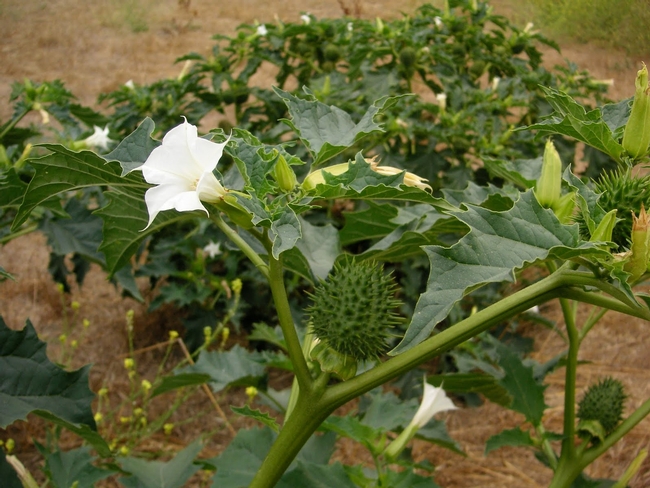



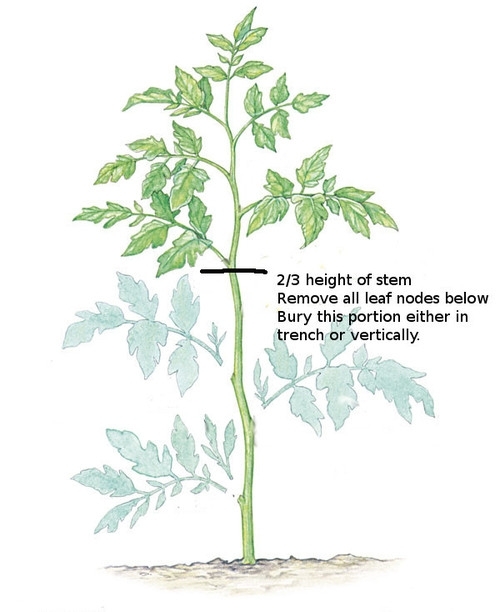
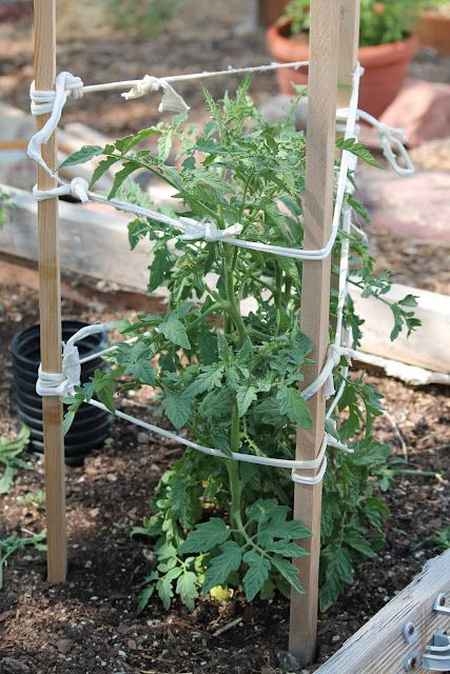
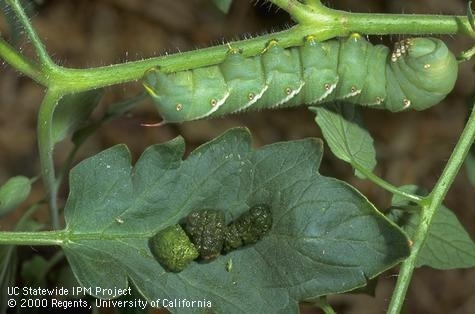

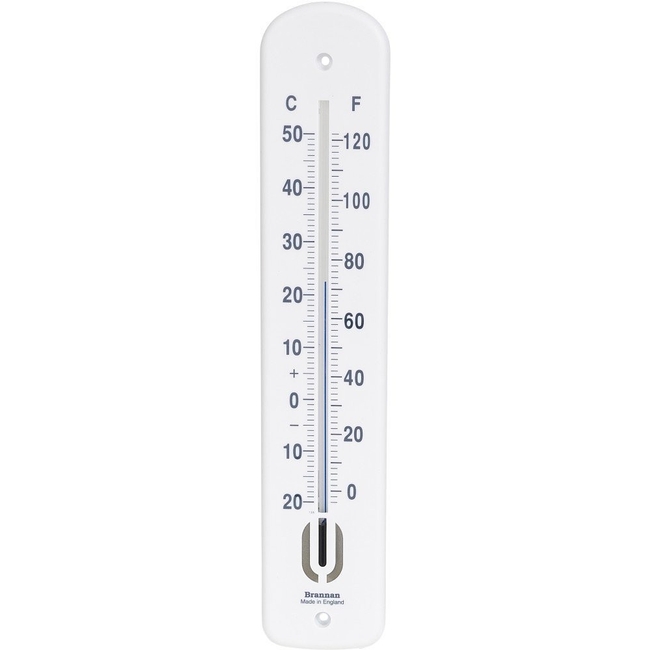
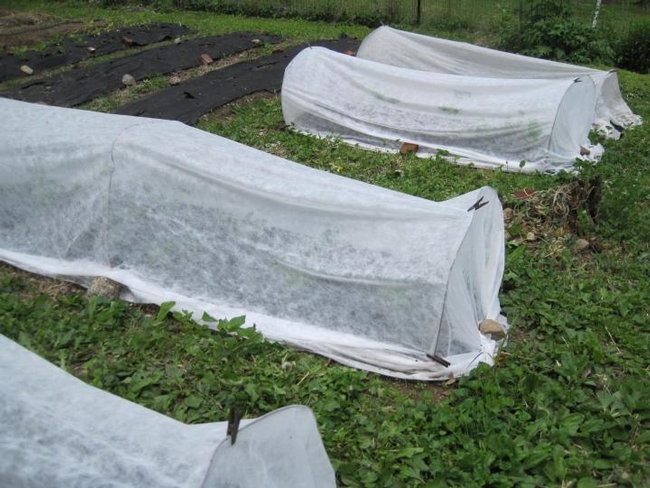
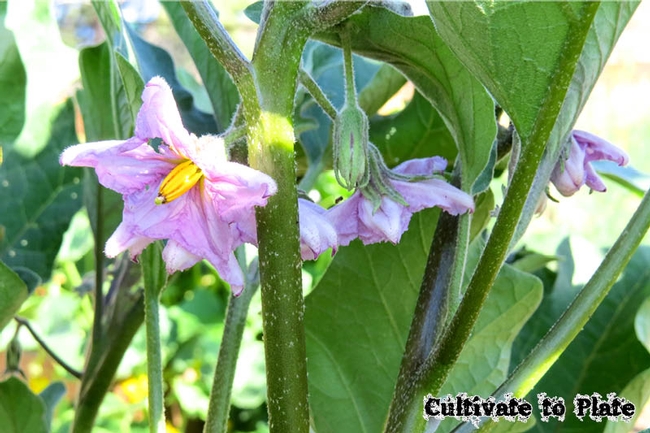

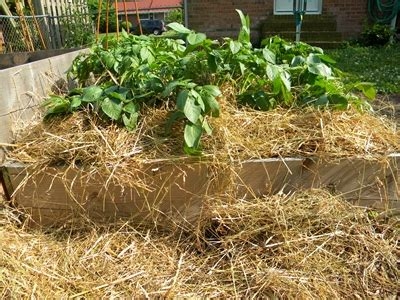
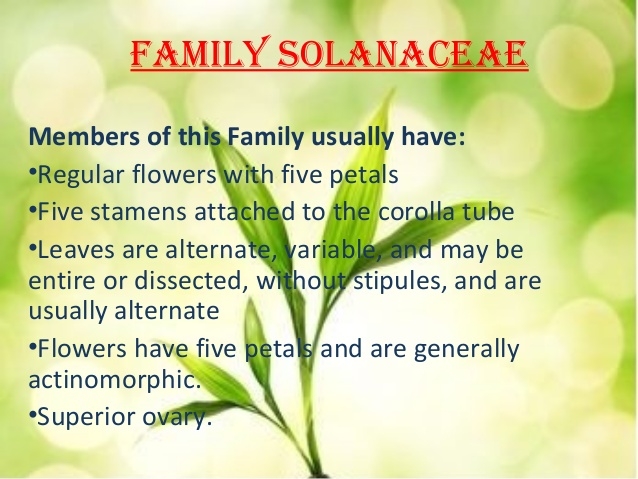
By Denise Seghesio Levine, UC Master Gardener of Napa County
Most of us have warm, fuzzy feelings about ladybugs. We feel special when a ladybug lands on our hand. We charm our children with early garden experiences and recite iconic nursery rhymes as we entreat the cheerful red beetles to “fly away home.”
Ladybugs, or lady beetles, with their shiny red shells and black dots are friends in the garden, helping to eradicate aphids and other unwanted pests.
But what about the yellow-green version? You may have noticed chartreuse, shiny-shelled “ladybugs” with 11 or 12 shiny black spots as well. The yellow versions do have longer antennae than the red versions, but so what? Are they yellow ladybugs?
These yellow-green beetles are actually cucumber beetles, Diabrotica undecimpunctata. Unlike friendly ladybugs, cucumber beetles can wreak havoc in your garden and are hard to get rid of.
Adults cause the most damage.
If you are finding large holes in the foliage of your beans, cucumber, melons, squash, corn, potatoes, tomatoes, eggplant, beans, peas, beets, asparagus, cabbage, lettuce and other vegetables, look for these little pests on top of and under leaves.
Just about all the stone fruits are also susceptible to cucumber beetles, including peaches, apricots and plums. Shoots and blossoms of peas and beans, cucumbers and melons are not safe from attack either. I do not think they eat onions.
And this really points to the problem with trying to get rid of this voracious pest. Rotating crops (not planting the same crop in the same space for a few rotations) is one of the few effective ways to control Diabrotica undecimpunctata, but how do you rotate crops effectively when cucumber beetles eat almost everything?
Cucumber beetles are about ¼ inch long with a black head. Their larvae are whitish and slender although the head and tip are slightly darker. They sport three pairs of short legs and feed exclusively on roots as they develop. They like roots of corn, beans, wild grasses, small grains and sweet peas. They can overwinter in beds where they ate your crops the previous year or move out to the weedy outskirts.
Normally at this stage Diabrotica undecimpunctata do little damage, and most plants can survive. It is when the larvae mature and your plants begin to grow and leaf out, or your next batch of seeds start to germinate and push up, that the real onslaught begins.
Newly emerged seedlings are most susceptible and can be destroyed in a few days. Once plants get large enough, they might look terrible with munched leaves and damaged fruit, but they will usually survive.
It happens like this. Beetles overwinter in your garden and surroundings. When your spring plantings begin to emerge, adults begin laying their yellow-orange eggs at the roots. Tucked in cracks in the soil and at the base of plants, eggs are invisible to all but the most diligent examiner.
When the larvae hatch, they spend their first two to six weeks eating the roots of your plants. They emerge as adults about the same time your vegetables begin leafing out. Then they begin feeding on foliage, seedlings and small plants. They can reproduce and go through this cycle up to three times each year.
So what can you do if you find these culprits in your garden? If you do have room to rotate your crops, do it. And clean the weedy outskirts of your garden so they do not have places to overwinter.
There really are no recommended insecticides. They would need to be applied too often to be effective. Botanical controls, while safer, tend to be especially short-lived in efficacy.
A better strategy is to use protective cloths or screens over your newly sown seed or just-planted transplants, removing the protection only when the plants are large enough to sustain damage or begin to flower. Removing barrier cloth at flowering is essential to allow beneficial insects to pollinate.
There is some ongoing research on the effectiveness of natural predators, but not much conclusion on the efficacy. Since cucumber beetles are attracted to cucurbitacins, some experiments have used lures containing cucurbitacin powder. The method has been effective, but there are no current plans to move ahead with such a product commercially. My own preferred technique is more rudimentary. Remember, these insects are not your friends. When I see yellow “ladybugs” on my plants, I squish them.
Next workshop: “Home Vineyard: Part 2” on Saturday, September 14, from 9:30 to 2:00 p.m., in Calistoga. Learn techniques to maintain your new or existing home vineyard. Workshop location will be provided after registration. For more details & online Registration go to http://napamg.ucanr.edu or call 707-253-4221
The UC Master Gardeners are volunteers who provide UC research-based information on home gardening and answer your questions. To find out more about upcoming programs or to ask a garden question, visit the Master Gardener website (http://napamg.ucanr.edu) or call (707) 253-4221 between 9 a.m. and noon on Mondays, Wednesdays or Fridays.
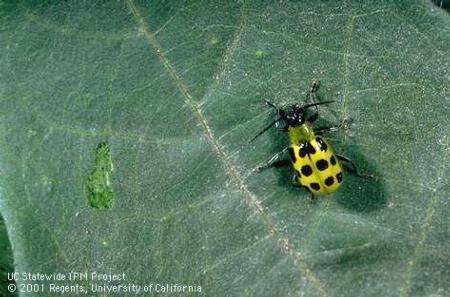
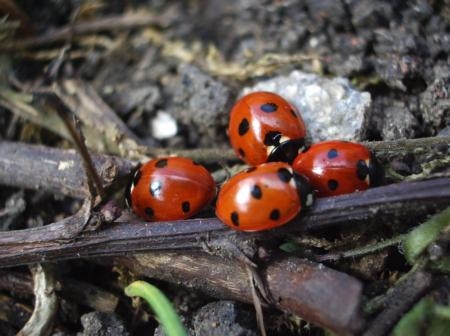
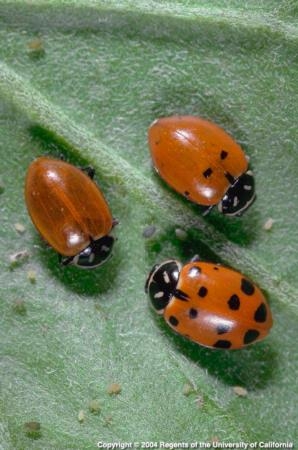
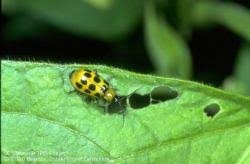
For me, the start of a new year is always exciting. It's a time to reflect on the past year's events and try to learn from things that didn't turn out as I had hoped.
The back of my property has a utility easement that prevents me from fencing my yard. Consequently, I spent several years experimenting with remedies for keeping deer out of my garden. I finally acknowledged that there is no substitute for a fence.
To allow utility access but still repel deer, I chose heavy-grade synthetic mesh netting that wouldn't degrade in sunlight or extreme temperatures. For a few years, the netting worked. But this year, I learned a lesson. It's not enough to put up a fence. You have to inspect it occasionally for holes or breachable openings. And you have to latch the gate, not just close it.
Otherwise, you may walk into your garden one day, as I did, and discover a downed fence and ravaged plants indicating that deer and other critters had come for brunch. While synthetic fencing is durable, falling tree branches can take it down and skunks can chew through it.
Last year also taught me a strawberry lesson. For a few seasons, we have enjoyed strawberries planted from nursery six-packs. Last year we planted bare-root strawberries. I tried to follow the instructions meticulously. I prepped the soil, soaked the plants before planting and planted the starts at the specified depth. A few weeks later we had a heavy rain. I thought nothing of it at the time. But when I checked on the plants a few days later, they were all gone, apparently uprooted and washed away. Not planted deep enough, I guess.
Kohlrabi is a root vegetable used in hearty soups and stews. I grew three varieties from seed last year, germinating the seeds in biodegradable peat pots that I could bury in the ground when the seedlings grew large enough. I set the trays of pots in the sun and waited for the seeds to germinate. Two days later, I discovered that two of the trays had been tipped over, and many of the pots had been trampled or crushed. I suspect raccoons, but it might have been skunks. The only way to know for sure was to replant and set up a motion-activated camera to catch the miscreants. I replanted the two trays and set them out again without surveillance.
The seed trays went undisturbed for weeks, and most of the seeds germinated. The seedlings survived a stay at a family member's house while I went on vacation. Then one day I went out to check on the plants and discovered that three-quarters were missing. The pots were still there but the plants had been eaten, stalks and all.
The next day, at the farmers' market I saw a six-pack of kohlrabi. I decided to try one more time, hoping that these seedlings might be less appetizing. I also had some leftover seed which I sowed directly in the ground. When I checked a few days later, all of the plants were gone, and none of the seeds had germinated. I finally gave up on kohlrabi and planted onions and garlic in this space.
I should acknowledge that my wife had suggested that I use a row cover to protect the seeds and young seedlings. But I am a Master Gardener, so I know better than she does. One lesson learned is that row covers are a good idea when starting plants from seed. Another lesson is that my wife is smart.
After discussing me experience with other Master Gardeners, I'm convinced that the neighborhood quail flock demolished my kohlrabi. Apparently, quail enjoy plants in the brassica family, including kohlrabi, broccoli, kale, cauliflower and brussels sprouts.
Last year something also ate my tomatoes and lemons. I have seen birds eating tomatoes before, but the lemon damage surprised me.
One night, when I went out to the garden with a flashlight to get some tomatoes for dinner, I saw something move. I turned and pointed my flashlight on a skunk checking out the tomatoes. I have never before been face to face with a skunk. Assuming it was going to spray me, I sprinted for the back door. I decided that skunks can have the run of the garden at night as long as they leave me some vegetables to harvest during the day.
As you can see, it was an eventful year in my garden. I harvested a variety of vegetables, some fruit and flowers, and I learned more about coexisting peacefully with the creatures who also like my yard.
Master Gardeners are volunteers who help the University of California reach the gardening public with home gardening information. Napa County Master Gardeners (http://cenapa.ucdavis.edu) are available to answer gardening questions in person or by phone, Monday, Wednesday and Friday, 9 a.m. to Noon, at the U. C. Cooperative Extension office, 1710 Soscol Avenue, Suite 4, Napa, 707-253-4143, or from outside City of Napa toll-free at 877-279-3065. Or e-mail your garden questions by following the guidelines on our web site. Click on Napa, then on Have Garden Questions?

